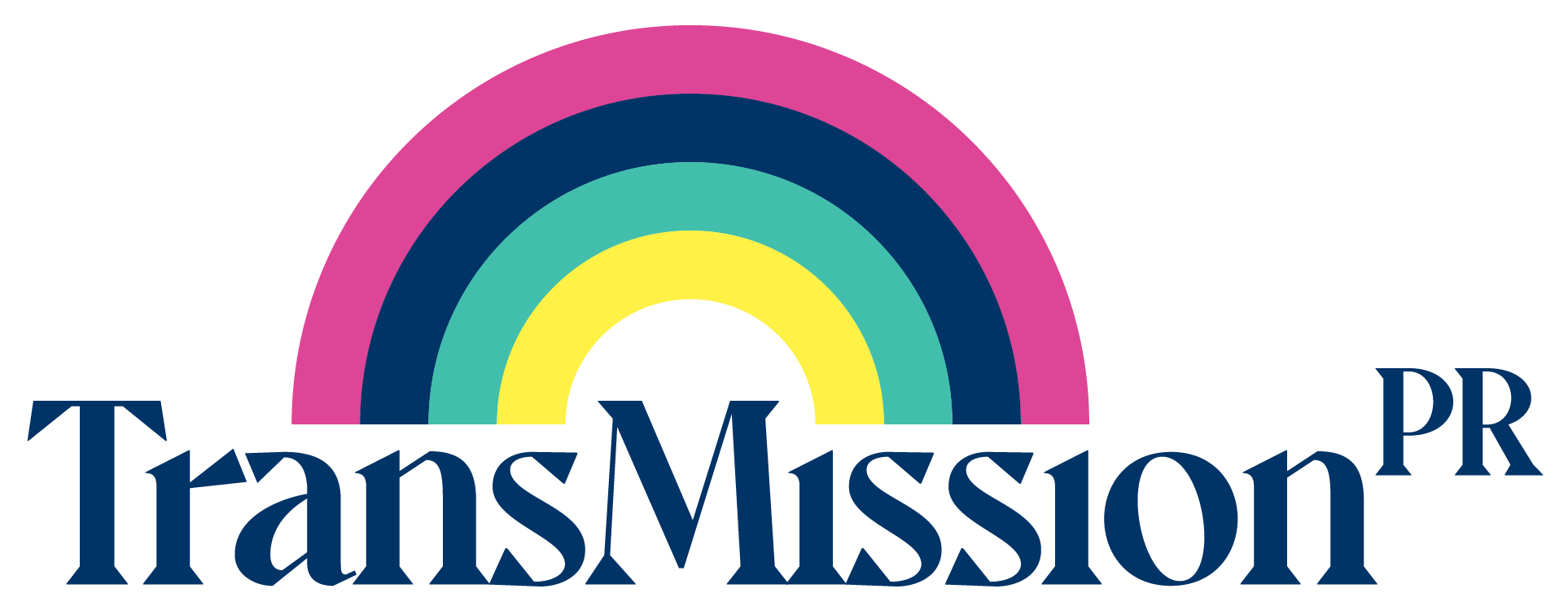
07 Jan How to Use 2021 Census Data to Enhance Trans-Inclusivity and Boost Business: Insights for Marketing Professionals, Brands and Businesses
The 2021 Census data for England and Wales released this week has provided valuable insights into the transgender and non-binary population, with at least 262,000 people responding that their gender identity was different from their sex registered at birth. For marketing professionals, brand and business owners seeking insight on the diversity of their customer base the Census data provides an invaluable insight. This data not only helps brands and businesses understand the demographics of the trans and LGBT community, but also highlights the geographical areas in which they live.
What the 2021 Census data tells us about trans and non-binary people…
The 2021 Census data showed that of the 10 local authorities with the largest proportion of the population aged 16+ whose gender identity was different from their sex at birth, 8 were in London, with Newham and Brent topping the list. The two non-London local authorities in the top 10 were Oxford which was third, and Norwich which was ninth. Similarly, the five local authorities with the highest proportion of the population aged 16+ who identified as non-binary were all outside London. Brighton and Hove had the highest percentage, followed by Norwich and Cambridge.
Why data about trans people is good for business…
For businesses located in these areas, it is crucial to ensure inclusivity in order to appeal to trans customers and their local friends, colleagues, and neighbours. Research has shown that LGBTQ+ inclusive businesses and brands are more successful and financially viable, as consumers are more likely to support and choose companies that align with their values and beliefs. In fact, a study by LGBTQ+ advocacy group, the Human Rights Campaign, found that companies with LGBTQ+ inclusive policies had a 35% higher financial performance compared to those without such policies.
In addition to being the right thing to do, being trans-inclusive can also provide a competitive edge for businesses. The LGBTQ+ community has an estimated combined purchasing power of over $1 trillion (GBP £826 million), and consumers are increasingly looking for brands that reflect their own identities and values. By catering to the needs and preferences of the trans community, businesses can tap into this market and potentially gain a loyal customer base.
But inclusivity doesn’t just benefit trans customers – it can also help businesses appeal to a wider audience. A survey by market research firm, YouGov, found that over 60% of consumers prefer brands that take a stand on social and political issues, and that 69% of people are more likely to buy from a brand that supports a cause they care about. By showing support and acceptance of the trans community, businesses can attract a larger customer base that values diversity and inclusivity.
For marketers looking to connect with the LGBTQ+ community, the 2021 Census data can also be helpful in refining their targeting efforts. By identifying the geographical areas with a higher density of trans and LGBTQ+ people, advertisers can create more targeted campaigns that are more likely to resonate with their audience.
Looking beyond the 2021 Census data: The importance of talking to trans people…
While data is a valuable resource for understanding demographics and trends, it is important to remember that it can only tell us part of the story. In order to truly understand the needs and preferences of the trans community, it is necessary to engage directly with trans individuals and get first-hand insights and experiences. This can be achieved through focus groups, customer surveys, and other research methods that allow for direct communication with the target audience. It is also highly recommended to employ trans people directly
By talking to trans people and hearing their personal stories and perspectives, businesses and brands can gain a deeper understanding of the challenges and obstacles they face, and how to better serve and support them. It is also essential to remember that the trans community is not a monolithic group, and that each individual will have unique experiences and needs. By engaging with trans people directly, businesses can learn how to better tailor their products, services, and marketing efforts to meet the needs of this diverse audience.
Overall, the 2021 Census data on trans and non-binary identification is a valuable resource for businesses, brands, and marketers looking to be more inclusive and appeal to a diverse customer base. By considering the needs and preferences of the trans community and engaging with trans people directly, businesses can not only do their part to support inclusivity and diversity, but also potentially gain a competitive edge in the market.
References:
“2021 Census: Gender identity” Office for National Statistics, https://www.ons.gov.uk/peoplepopulationandcommunity/culturalidentity/sexualityandgenderidentity/bulletins/census2021genderidentity/englandandwales
“LGBTQ Inclusive Companies Outperform Peers Financially” Human Rights Campaign, https://www.hrc.org/blog/lgbtq-inclusive-companies-outperform-peers-financially
“Consumers care about brands taking a stand on social and political issues” YouGov, https://www.yougov.com/topics/business/articles-reports/2018/05/31/consumers-care-about-brands-taking-stand-social-and-poli
Need help ensuring your communications strategies are inclusive of a gender diverse audience? Get in touch
- 5 Lessons Brands Can Learn from Innocent’s Not-So-Smooth Response to Attacks on Trans-Inclusivity - June 6, 2023
- How to Use AI Ethically and Inclusively for Trans Representation - May 15, 2023
- How to Use 2021 Census Data to Enhance Trans-Inclusivity and Boost Business: Insights for Marketing Professionals, Brands and Businesses - January 7, 2023


